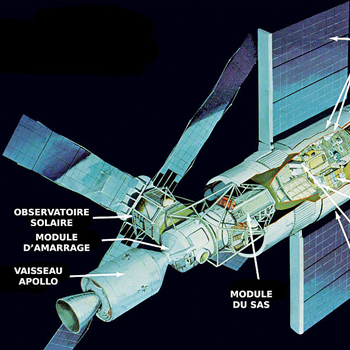Why do cepheid variables pulse and how does this pulsate help calculate distance?
1 Answer
Doubly ionized Helium causes opacity in the outer layers of the star. The pulse period is directly related to the luminosity. Distance can be determined by the luminosity.
Explanation:
A Cepheid pulsates in a regular and predictable cycle. It is thought that Helium is involved in its cycle. Doubly ionized Helium is more opaque than singly ionized helium, meaning it lets little light through.
At the dimmest part of the cycle, doubly ionized Helium makes up the outer layers of the star. This means that the outer layers are more opaque which explains its dimming. These outer layers are heated by radiation which causes the layers to expand from the high temperature. This cools the outer layers which results in less ionization and less opaque. Gravity then prevents the layers from expanding to far and reverses, repeating the cycle.
The period of the pulse is directly related to the Cepheid's luminosity. The higher the luminosity, the longer the period. After finding the apparent brightness (
Here's a link to lecture notes that goes over the subject in more detail. Lecture link

